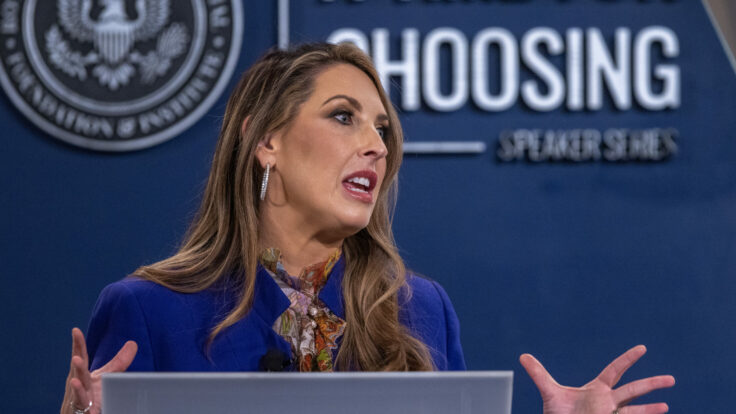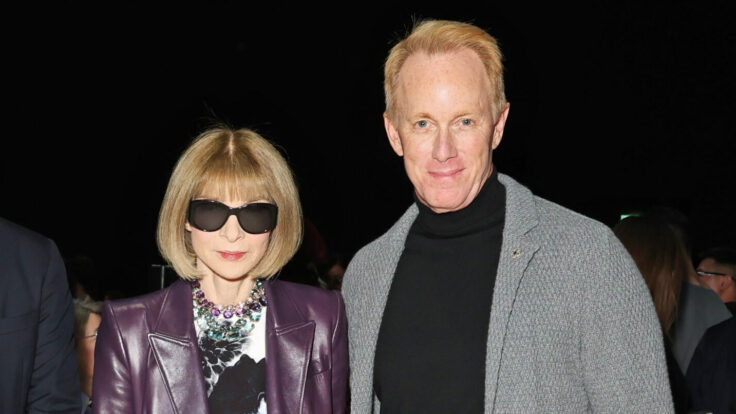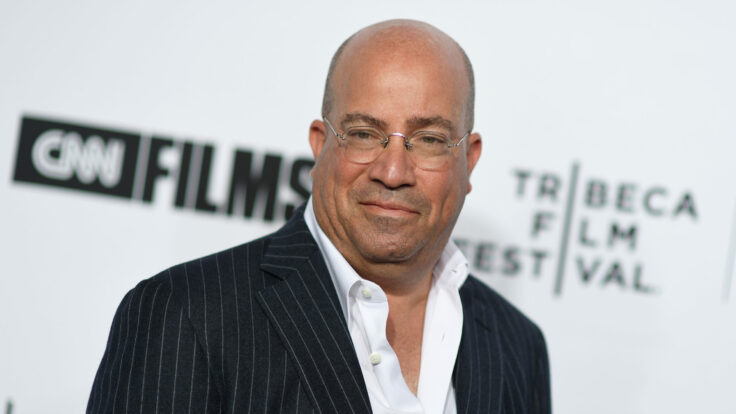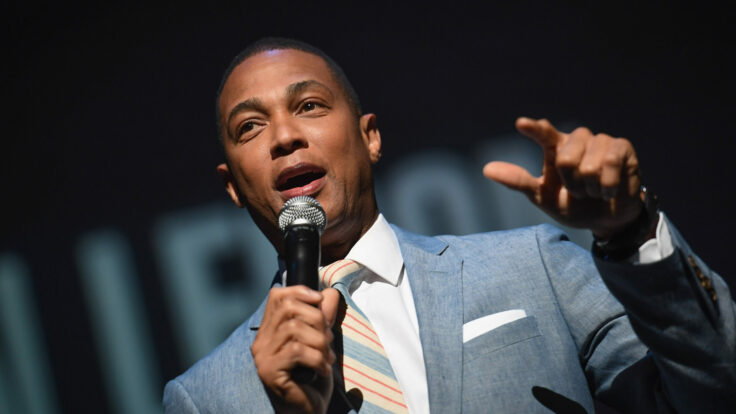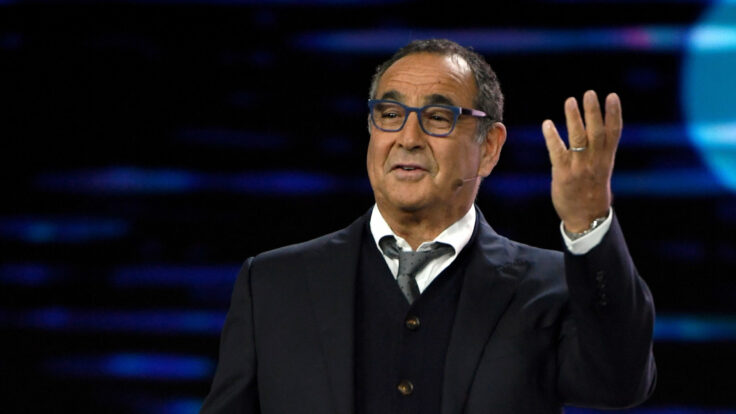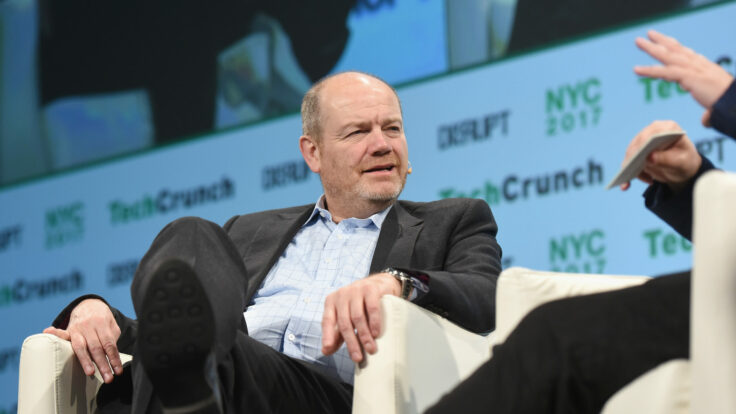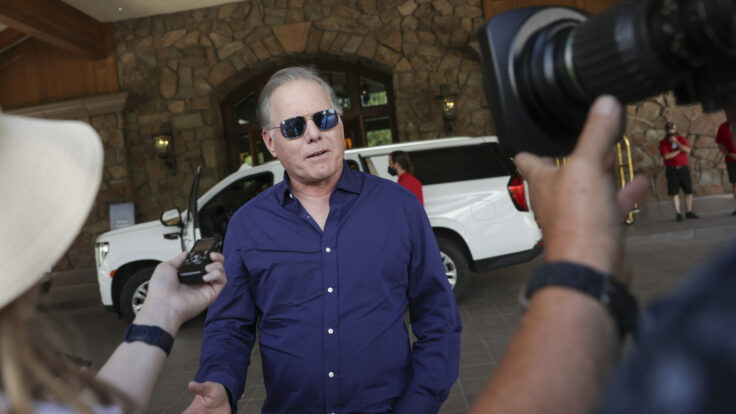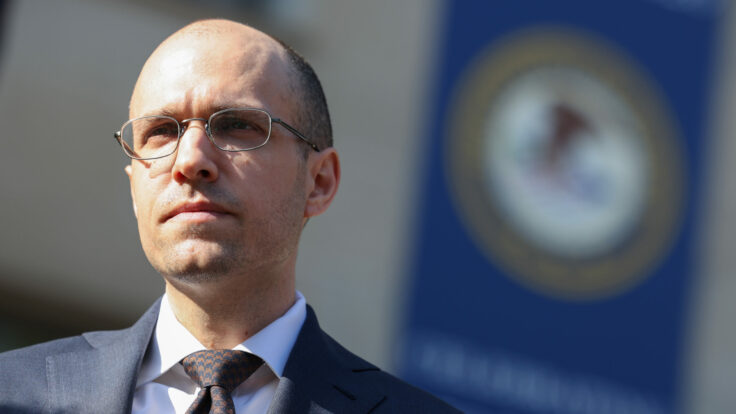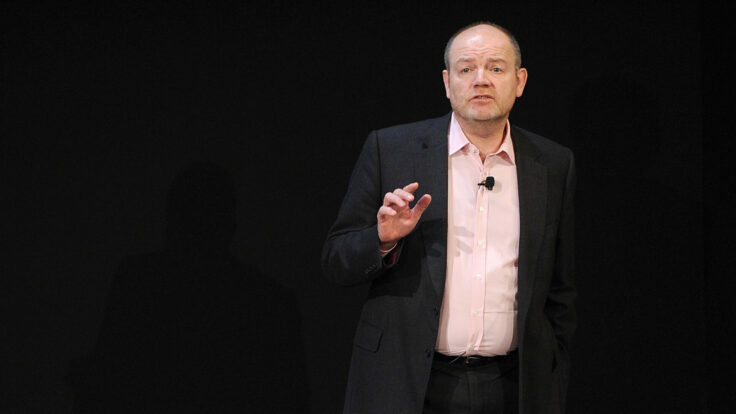When Chris Licht became chairman and chief executive of CNN, back in May, his boss David Zaslav asked him to conduct a six-month review of the 4,500-person global news business. During the early months of that review, Licht would repeatedly tell members of his staff that the broad cost-cutting effort that was taking place across Warner Bros. Discovery would not result in layoffs at CNN. The parent company had more than $50 billion in debt, of course, and Zaz had promised to identify at least $3 billion in cost-cutting synergies across his new media empire, but Licht repeatedly assured staff that CNN would be spared: “As it relates to CNN, there are no layoffs per se,” Licht said at one staff-wide event in June. “A lay off is a downsizing, where you are given a target, and that is not happening at CNN.”
During the course of the review, however, Zaslav and his C.F.O. Gunnar Wiedenfelds asked Licht to engage in a hypothetical financial engineering exercise, sources with direct knowledge of the matter told me. If he were to cut costs at the company, how would he manage to achieve savings? Over time, the target number that Zaz and Gunnar were asking for became larger, and the exercise became less hypothetical. Then, last month, staring down the barrel of a recession and another disappointing earnings report, Zaz and Gunnar gave Licht a direct order: he needed to cut $100 million from CNN’s budget. Zaz’s team might argue that such an edict is financially responsible amid the current economic environment, but it is nevertheless significant. The figure, which CNN representatives declined to comment on, likely translates to almost 10 percent of CNN’s overall budget, sources familiar with the financials told me.






